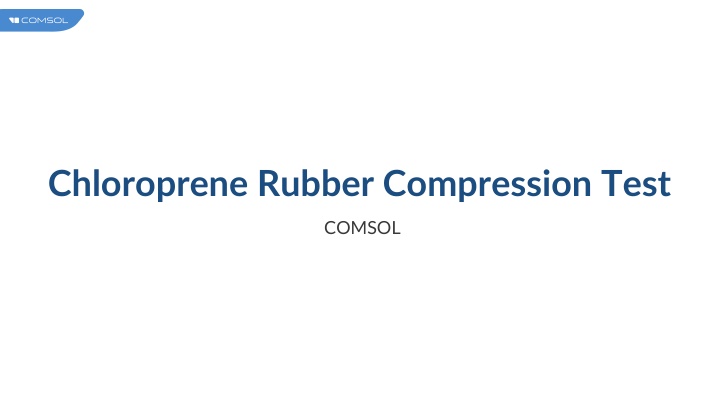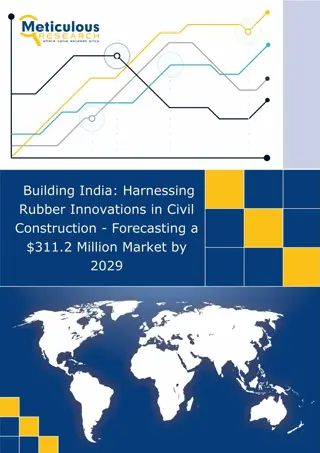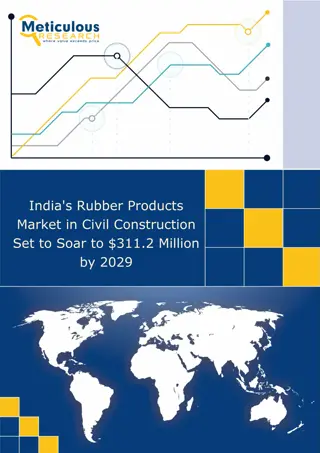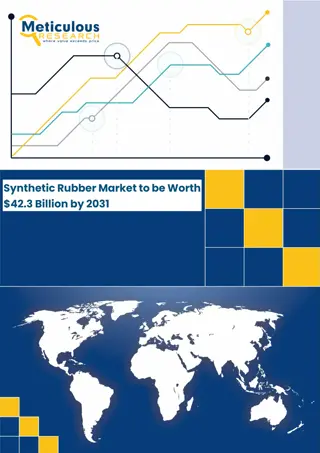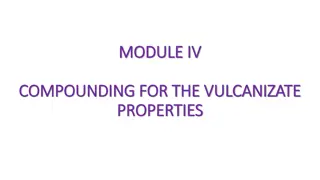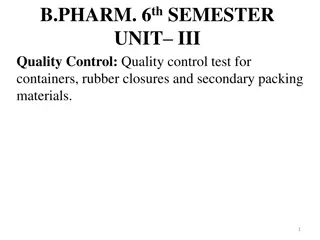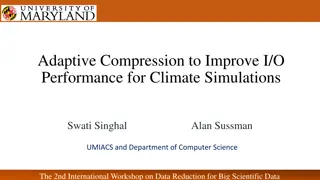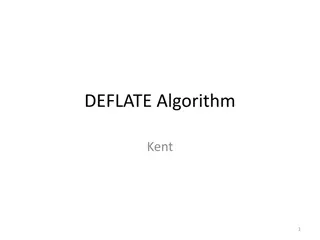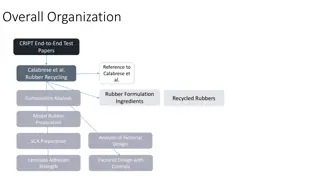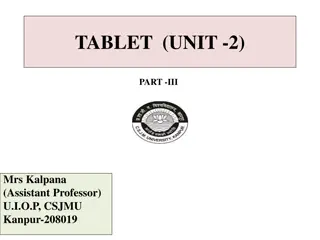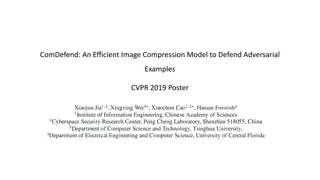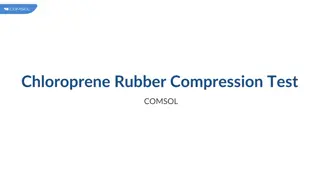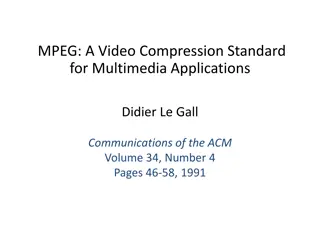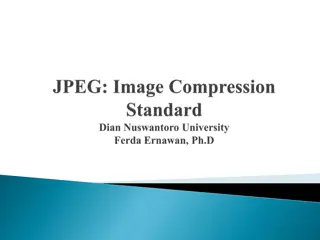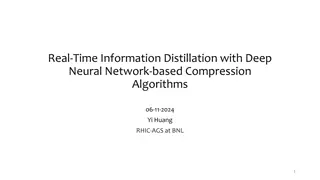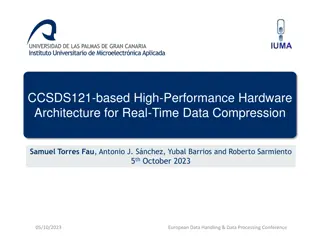Chloroprene Rubber Compression Test with Bergstrom Boyce Model
Elastomers and biological materials exhibit strain rate dependent mechanical behavior and hysteresis when subjected to cyclical loads. This example demonstrates the use of the Polymer Viscoplasticity feature to model such phenomena. A cylindrical rubber specimen is compressed, loaded at a constant true strain rate, and subjected to viscoplastic flow characterized by material parameters in the Bergstrom Boyce model.
Uploaded on Apr 20, 2025 | 0 Views
Download Presentation

Please find below an Image/Link to download the presentation.
The content on the website is provided AS IS for your information and personal use only. It may not be sold, licensed, or shared on other websites without obtaining consent from the author.If you encounter any issues during the download, it is possible that the publisher has removed the file from their server.
You are allowed to download the files provided on this website for personal or commercial use, subject to the condition that they are used lawfully. All files are the property of their respective owners.
The content on the website is provided AS IS for your information and personal use only. It may not be sold, licensed, or shared on other websites without obtaining consent from the author.
E N D
Presentation Transcript
Introduction Elastomers and biological materials exhibit strain rate dependent mechanical behavior and hysteresis when subjected to cyclical loads. The Bergstrom Boyce material model has been successfully used to capture such phenomena in application cases where such nonequilibrium effects are important in the modeling. This example demonstrates the use of the Polymer Viscoplasticity feature available in the Nonlinear Structural Materials Module.
Model Definition A cylindrical rubber specimen with a height, H, of 13 mm and a diameter, D, of 68 mm, is subjected to compression. The geometry exhibits 2D axial symmetry as well as a reflection symmetry in the mid cross section of the cylinder. It is therefore possible to reduce the model geometry to a rectangle.
Model Definition The specimen is loaded at a constant true strain rate of 0.002 1/s and the strain is held constant for 120 s when the strain level reaches 0.3 and 0.6. The unloading phase is symmetric with respect to the loading one. True strain
Material Model The viscoplastic flow in the Bergstrom Boyce model is characterized by the following rate multiplier: Rheology of the Bergstrom Boyce material model A, co, c, n, ref are material parameters.
Results When the strain is held constant, during both the loading phase and the unloading phase, the stress tends to the same equilibrium value, that is, the one given by the pure elastic network only. True Stress
Results The force developed in the nonequilibrium network relaxes during the time spans where the strain is kept fixed. Normalized Inelastic Force: P33A0/max(P33A0)
References D. Husnu and M.Kaliske, Bergstrom Boyce model for nonlinear finite rubber viscoelasticity: theoretical aspects and algorithmic treatment for the FE method, Computational Mechanics, vol. 44, pp. 809 823, 2009. J. S. Bergstr m and M. Boyce, Constitutive modeling of the large strain time-dependent behavior of elastomers , Journal of the Mechanics and Physics of Solids, vol. 46, pp. 931 954, 1998.
